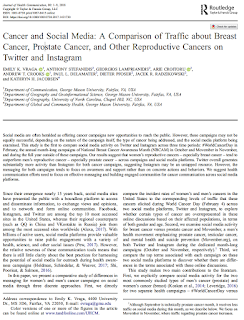Tranquil Pavement
Tranquil Pavement is an online map recently launched by the Tranquil City project based in London, in association with the Outlandish Cooperative and funded by Organicity. It aims to highlight tranquil places to visit, if the hustle and bustle of city life gets too much, by plotting “crowdsourced “locations – referenced in an Instagram feed […]
Continue reading »


